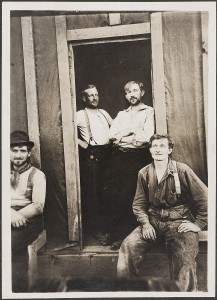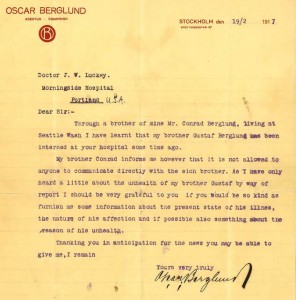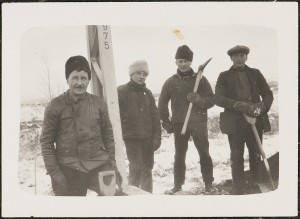I got an interesting email yesterday from John Drews, who relayed a part of the Morningside story I’d never heard before.
“Many years ago I interviewed a gentleman in Fairbanks who had worked as a Deputy Marshall in Alaska during the territorial days. He told me about criminals and “others” that would be held in the jail until court hearings could be held. This could take up to a year at times because of the traveling justice.
When they had folks that were to be transported out of Alaska, they would advertise that any honest civilian wanting to go to Seattle could hire on as a temporary deputy to assist on the trip. They would transport criminals and the “insane” together and many times had to keep them all in restraints. He told of one man who had to be strapped to a cot for the entire trip because of his insanity and violence. The trips were made from Fairbanks by stage or later by train and then onto a steamer bound for Seattle. He never mentioned Morningside by name but it is pretty clear now.
The fellow I interviewed was a Deputy Marshall there in the 30’s & early 40’s, he later joined the Fairbanks Police Department. I was employed at FPD from 1975-95 and was interested in the early history of the department and did the interview for that reason.”
After doing a little research on newspaperarchives.com, it was apparent that this practice started very early on. The following article is from December 17, 1908 edition of the Fairbanks Daily News.
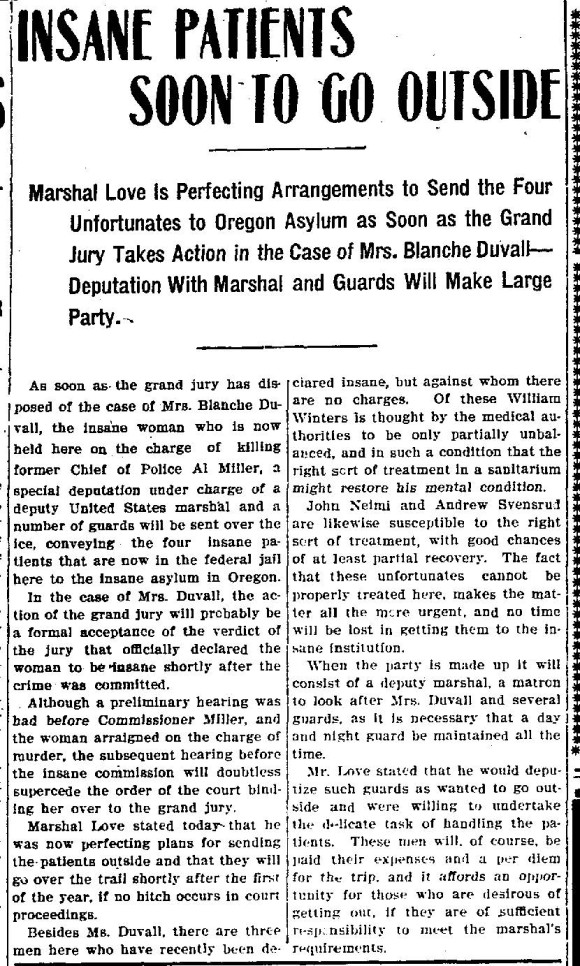
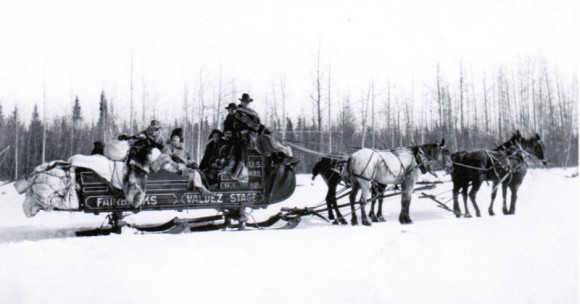
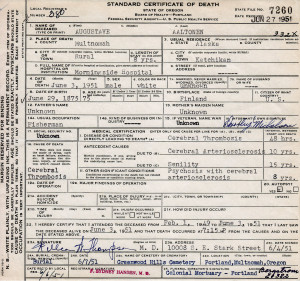

 Man Being Brought From Richardson Is the Third Case Which Has Developed Within Past Three Weeks
Man Being Brought From Richardson Is the Third Case Which Has Developed Within Past Three Weeks